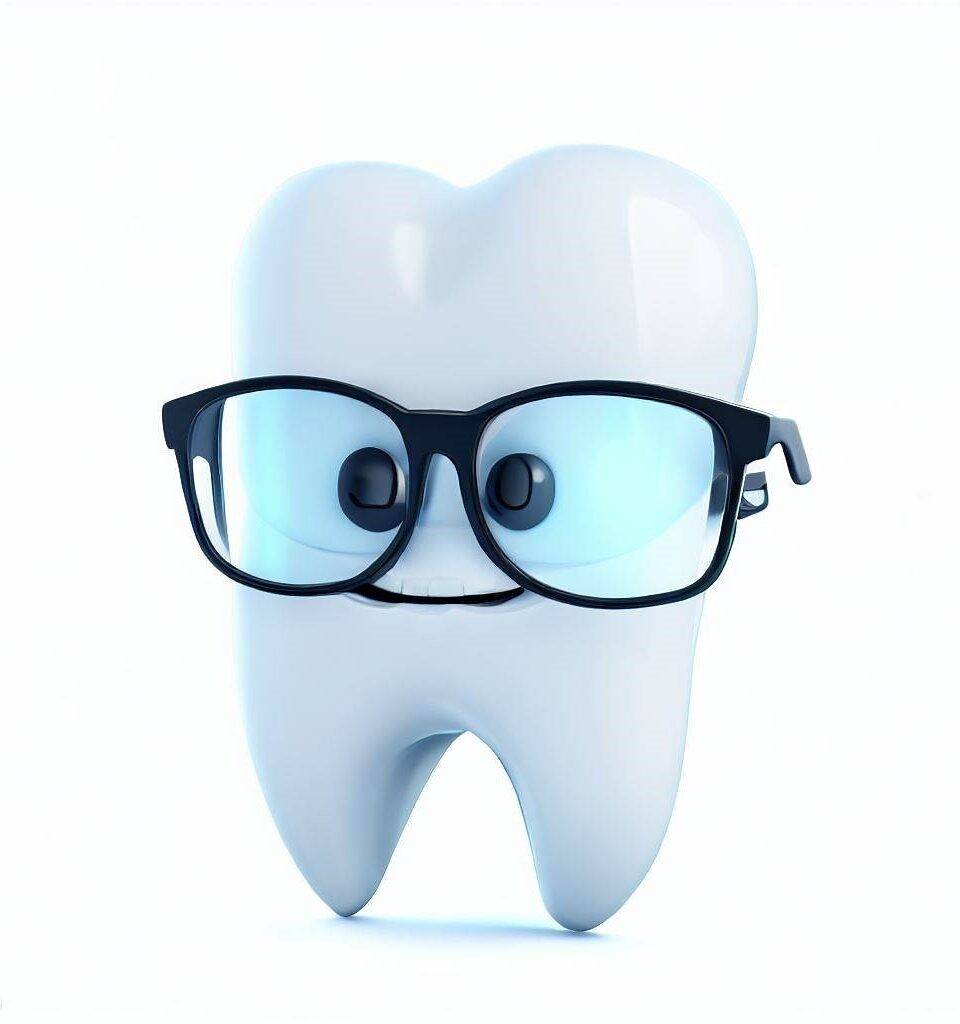Do Wisdom Teeth Cause Crowding?
25 May 2023 | By Dr. Eric Meyer
Our third molars—if you were unfortunate enough to have them all, like me—were given the name “wisdom teeth” because they are the last teeth to erupt around the age of 17 to 25…when we are supposedly wiser.
We have long been told that our wisdom teeth cause our front teeth to shift or crowd when they come in. The theory is that as these molars erupt they “push” the teeth in front of them, squeezing them into a crowded position. Is this really the case?
A bevy of evidence exists that does not support this theory (see a few, references 2-7 below).
In reality, whether you have third molars or not, the overwhelming majority of evidence finds that overtime crowding is natural and to be expected (we’ll save this for another post). These studies reported there was no significant difference in crowding over time between individuals with and without wisdom teeth.
With that being said, there are plenty of reasons to consider extraction of wisdom teeth, as they may cause much greater problems down the road than crooked teeth, such as pain, infection, and tooth loss related to dental decay and periodontal problems. We often encourage extraction of wisdom teeth that appear to have a poor position or lack of space to erupt.
So how do we prevent any shifting of your teeth from happening?
If you had orthodontics in the past and you want to maintain your straight smile…wear your retainers as long as you can (at least at night)!
As always, have a great week!
-Dr. E
- Renton T, Wilson NH. Problems with erupting wisdom teeth: signs, symptoms, and management. Br J Gen Pract. 2016;66(649):e606-e608. doi:10.3399/bjgp16X686509
- Kaplan, R.G., 1974. Mandibular third molars and postretention crowding. American journal of orthodontics, 66(4), pp.411-430.
- Ades, A.G., Joondeph, D.R., Little, R.M. and Chapko, M.K., 1990. A long-term study of the relationship of third molars to changes in the mandibular dental arch. American Journal of Orthodontics and Dentofacial Orthopedics, 97(4), pp.323-335.
- Bishara, S.E., 1999. Third molars: a dilemma! Or is it?. American Journal of Orthodontics and Dentofacial Orthopedics, 115(6), pp.628-633.
- Okazaki, K., 2010. Relationship between initial crowding and interproximal force during retention phase. Journal of Oral Science, 52(2), pp.197-201.
- Al-Balkhi, K.M., 2004. The effect of different lower third molar conditions on the re-crowding of lower anterior teeth in the absence of tight interproximal contacts one-year post orthodontic treatment: a pilot study. J Contemp Dent Pract, 5(3), pp.66-73.
- Southard, T.E., Southard, K.A. and Weeda, L.W., 1991. Mesial force from unerupted third molars. American Journal of Orthodontics and Dentofacial Orthopedics, 99(3), pp.220-225.

